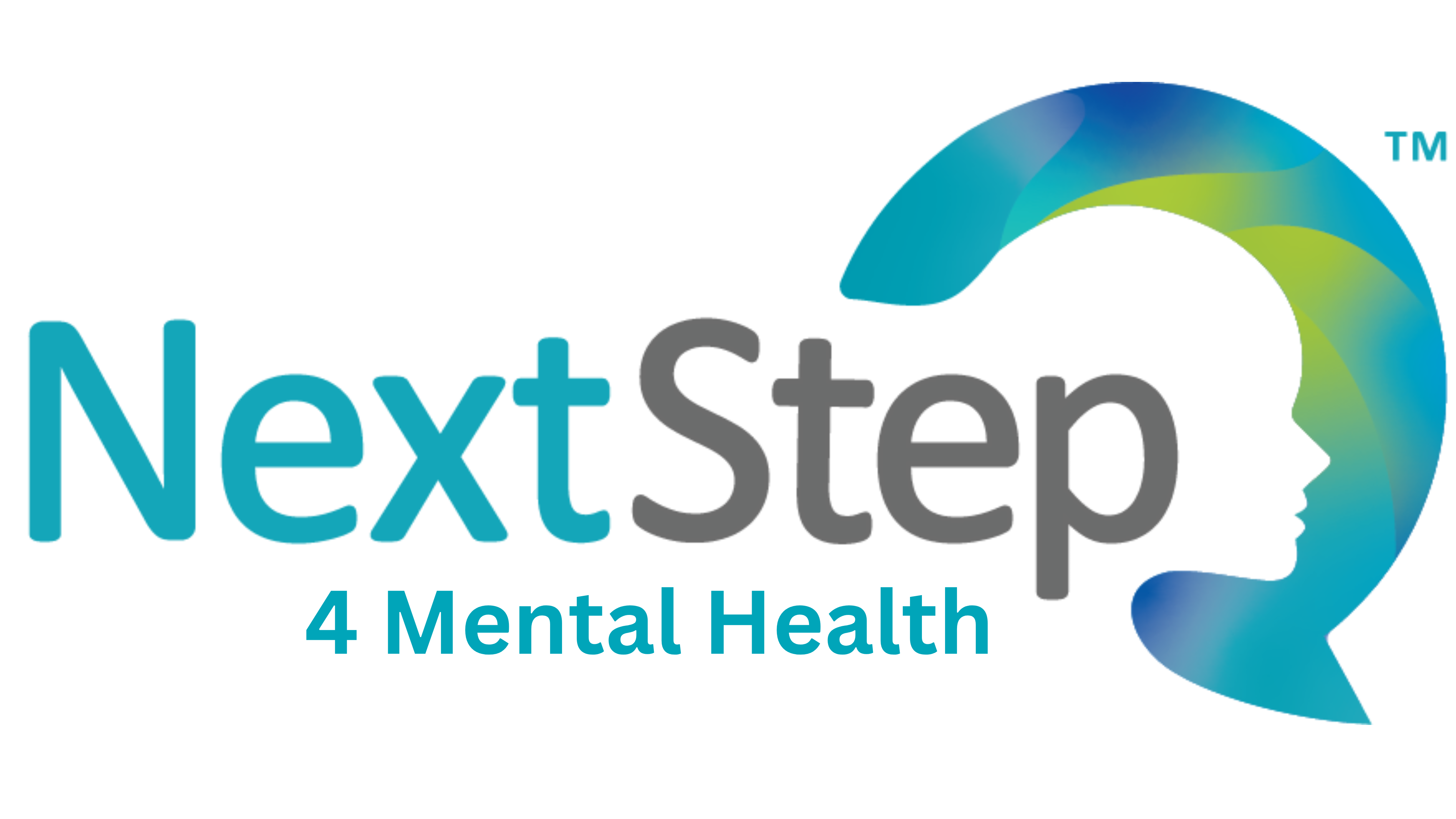An Introduction to PTSD
Introduction to PTSD
If you have experienced a life-threatening event which caused you to feel horrified, terrified, and/or helpless you are not alone. The painful experiences afterward are “normal” reactions to “abnormal” events.
People often continue to feel “keyed up,” on guard, easily irritated and struggle with nightmares related to the trauma. When these problems last longer than a month and interfere with your daily living, you could be struggling with Post-Traumatic Stress Disorder (PTSD). The effects of trauma may cause severe problems in your love life, at your job, with your children and friends.
The psychological impact of a trauma also varies over time. For some, these symptoms may begin immediately after the traumatic event and others may not develop symptoms until years later. Traumatic events may include, but are not limited, childhood physical or sexual abuse, partner abuse, sexual assault or rape, physical attacks or assaults, serious car accidents, war combat, natural disasters such as tornadoes or hurricanes.
Sometimes even witnessing or hearing about a trauma happening to another close friend or relative can be traumatic. Because of your strength and perseverance, you survived, and now it’s time to live life beyond the trauma. Knowledge and understanding help to build the foundation needed to recover from the aftermath of trauma.
PTSD manifests itself in various ways and symptoms are often complex but unique to the individual. The symptoms are divided into groups listed below:
Re-experiencing Symptoms
Survivors sometimes experience unwanted thoughts, memories, and images specific to the traumatic event. People who develop PTSD may have repeated distressing dreams or nightmares related to the event. Survivors also become very upset by certain people, places, sounds, or scents that trigger thoughts and memories specific to the trauma. This often causes physiological reactions, such as increased heart rate, and the need to defend oneself even when there is no imminent danger.
Avoidance Symptoms
People suffering from PTSD frequently avoid people and situations that remind them of the event. Often thinking about or talking about the trauma is avoided as well, in order not feel the emotions associated with the trauma. Survivors sometimes have trouble remembering all or part of the event.
Hyperarousal Symptoms
Trauma causes people to feel “amped up,” and to become easily startled by sudden noises or people unexpectedly coming up from behind. Often, survivors have difficulty falling asleep and staying asleep. Concentration and thinking clearly become more of a daily struggle. They may also become easily angered by things that before didn’t really bother them.
Negative Symptoms
Over time, survivors of trauma begin to feel “bad” about themselves as a result of the trauma. For example, they may experience excessive guilt and shame. There is a struggle to connect with others, feeling numb and cut-off from the world around them. For instance, they may have a hard time getting in touch with loving feelings towards others.
The above symptoms are very common after people experience trauma. The mind and the body are trying to recover from the event. PTSD develops when the natural process of recovery immediately following a trauma is interrupted.
For treatment and consultation for PTSD and other mental health conditions, please feel free to contact us at Next Step 2 Mental Health. Our team of competent professionals is always ready to help where necessary.
Call us at 502-339-2442 to book an appointment or email us at info@nextstep.doctor.
Related Posts
ADHD in High Functioning Adults
One common fallacy about ADHD is that high functioning adults can’t possibly have...
8 Early Warning Signs of Postpartum Depression
Just like there are many different types of anxiety, there are also different...


